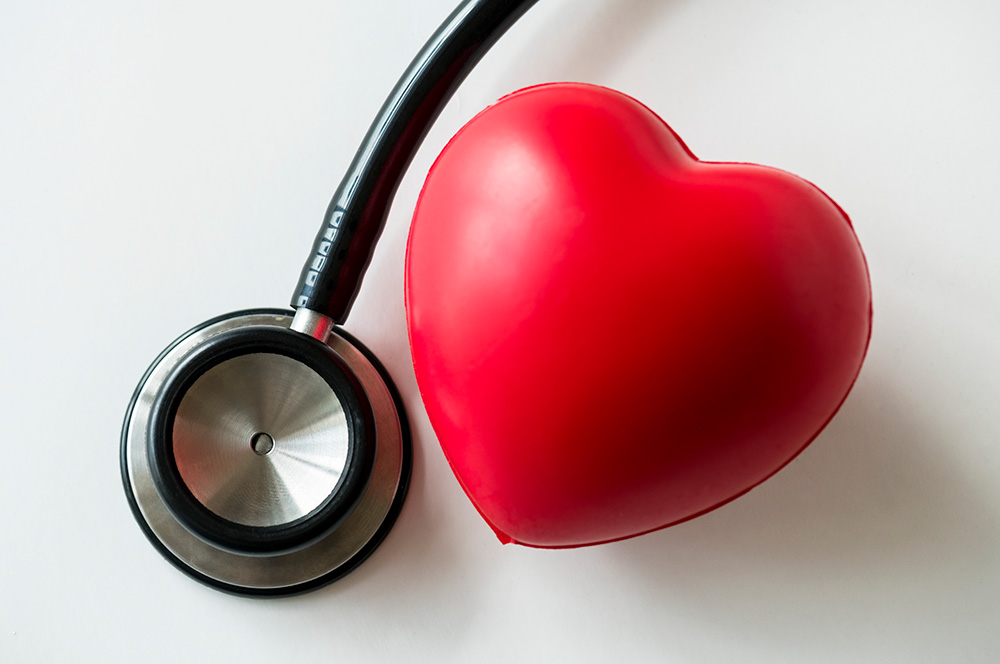February is American Heart Month. As such, Safeharbor wants to ensure that we spread important information to our clients and their families. In this article, we will discuss the differences between cardiac arrest and a heart attack. Both are serious episodes that can affect your older loved ones. Many people use the 2 terms interchangeably, but they can be quite different.
What is Cardiac Arrest?
Cardiac arrest is caused by a malfunction in the heart where it stops beating unexpectedly. Electrical impulses constantly travel through the body. Cardiac arrest happens when these impulses are interrupted when traveling to the heart. Overall, it is an “electrical” problem in the body. When the malfunction occurs, the heart stops pumping blood throughout the body. Generally, cardiac arrest can quickly cause failure of the brain, lungs, and other organs. They will likely be unconscious and not breathing.
If CPR or another resuscitation method is not employed quickly, the individual could die soon after. Generally, the individual’s chance of survival is greatly increased if CPR is provided. Be sure to call 911 and start resuscitation procedures as soon as possible. EMS services can talk you through emergency procedures if needed. If there is an AED available, follow the written instructions for proper use.
What is a Heart Attack?
A heart attack occurs when blood flow to the heart is restricted. Blockage in the artery prevents oxygen-rich blood from reaching this vital organ. If the artery is not reopened quickly, the cells within the chambers of the organ may begin to die. Symptoms are often intense and immediate. This includes chest pain, sweating, nausea, and vomiting. However, some heart attacks can start slowly and build for days or weeks before the actual “attack.”
Treatment after a heart attack should be immediate. If you believe someone is having a heart attack, call 911 immediately. EMS services can talk you through emergency procedures if needed.
Why Are They Often Confused?
Heart attacks are a common cause of cardiac arrest. Because of this, many people attribute the signs and symptoms of both scenarios to a heart attack. Or they use the phrases interchangeably. While both are serious, life-threatening medical episodes, it can be important to know the difference.
Fast Action Saves Lives
Whether someone is suffering from cardiac arrest, a heart attack, or both, it is important to act fast. Call 911 immediately. Start CPR if they are unconscious and not breathing. Follow instructions from medical professionals, and listen to the 911 call center employee for additional assistance. You can never be too prepared for an emergency. Consider becoming CPR-certified. For information on classes from the American Heart Association, visit their website here.
Safe Harbor Healthcare Services does not provide medical, healthcare, or financial advice via articles. This material has been prepared for informational purposes only. It is not intended to provide, and should not be relied on for medical advice.
Safe Harbor Healthcare Services has provided excellent home care on Staten Island since 1967. Our services help older and disabled individuals live safely and independently; while giving their families the peace of mind they need. For more information contact us or call (718)-979-6900.

